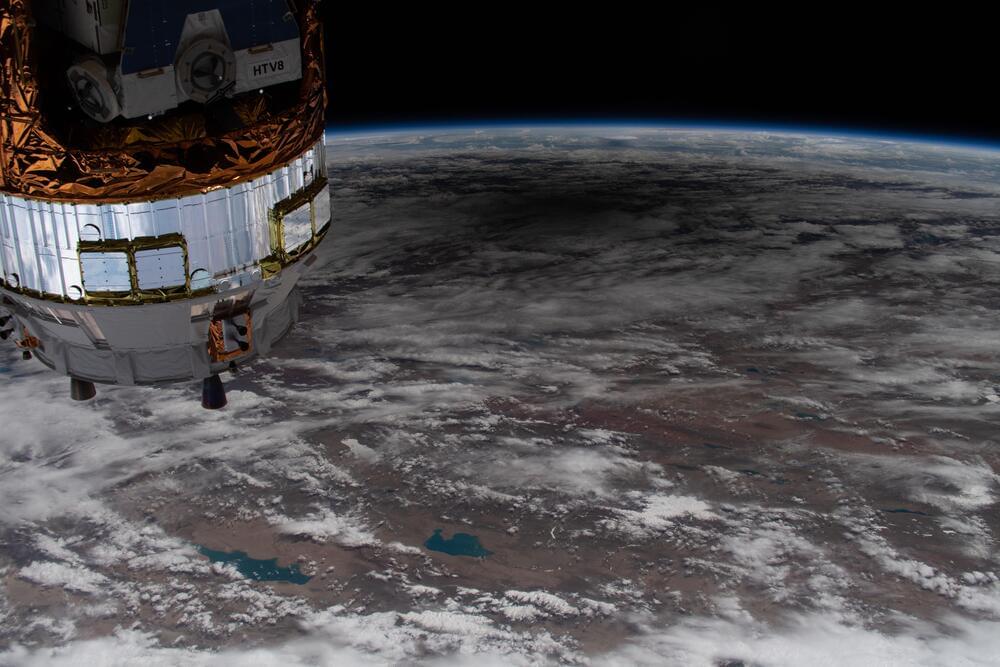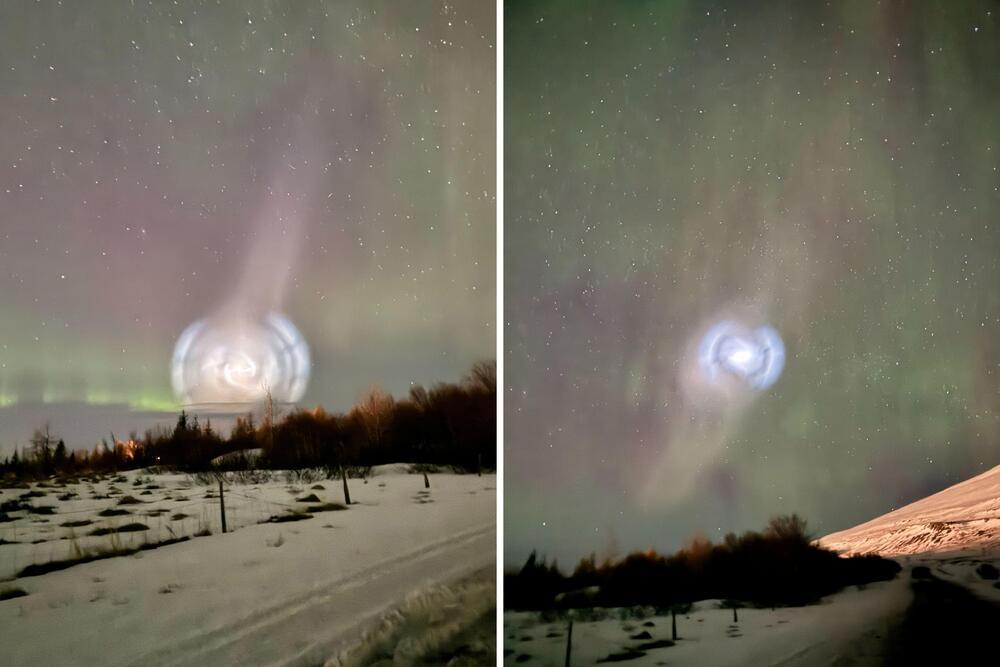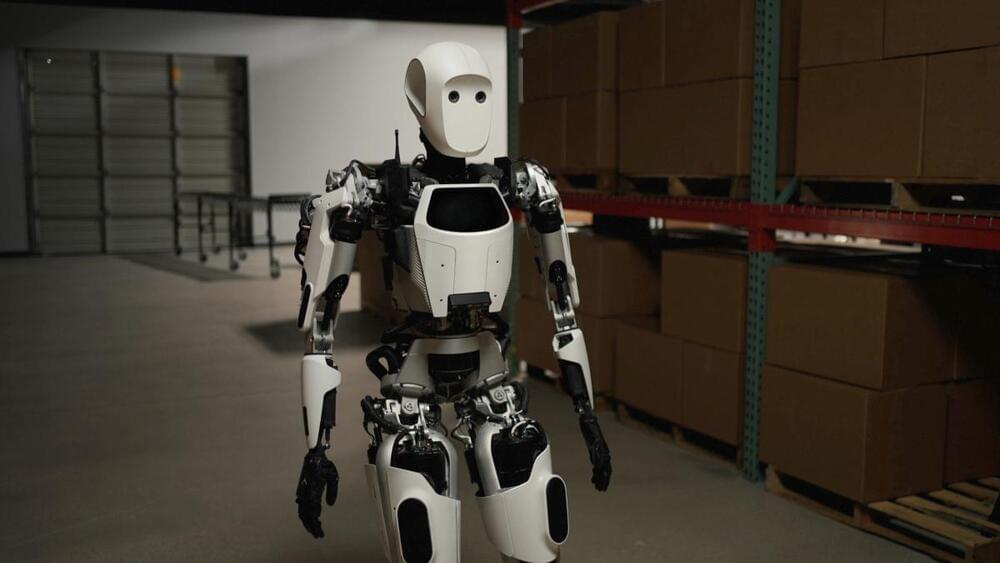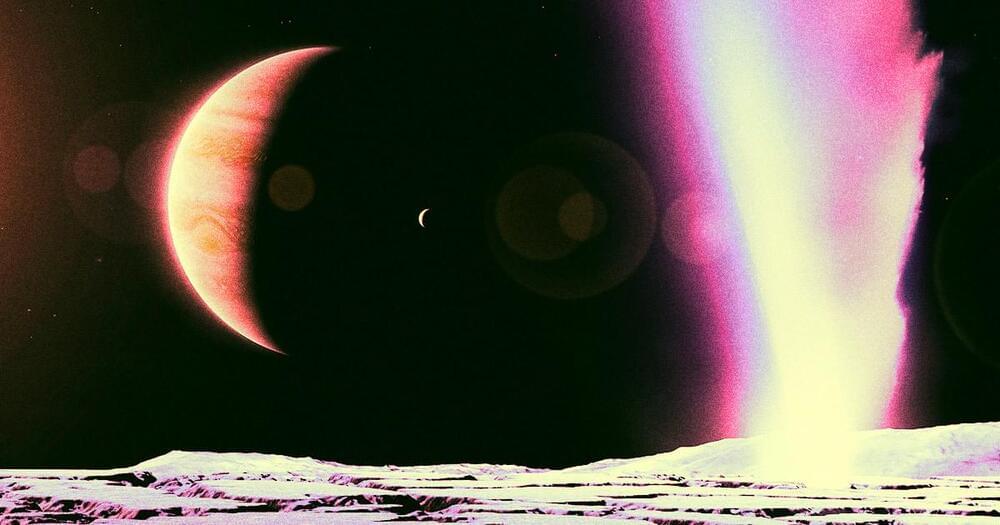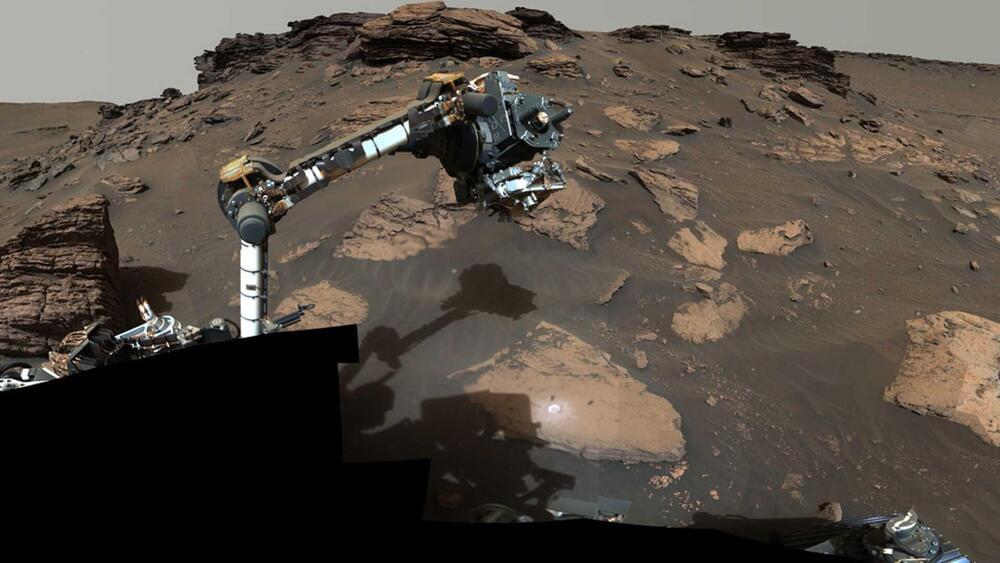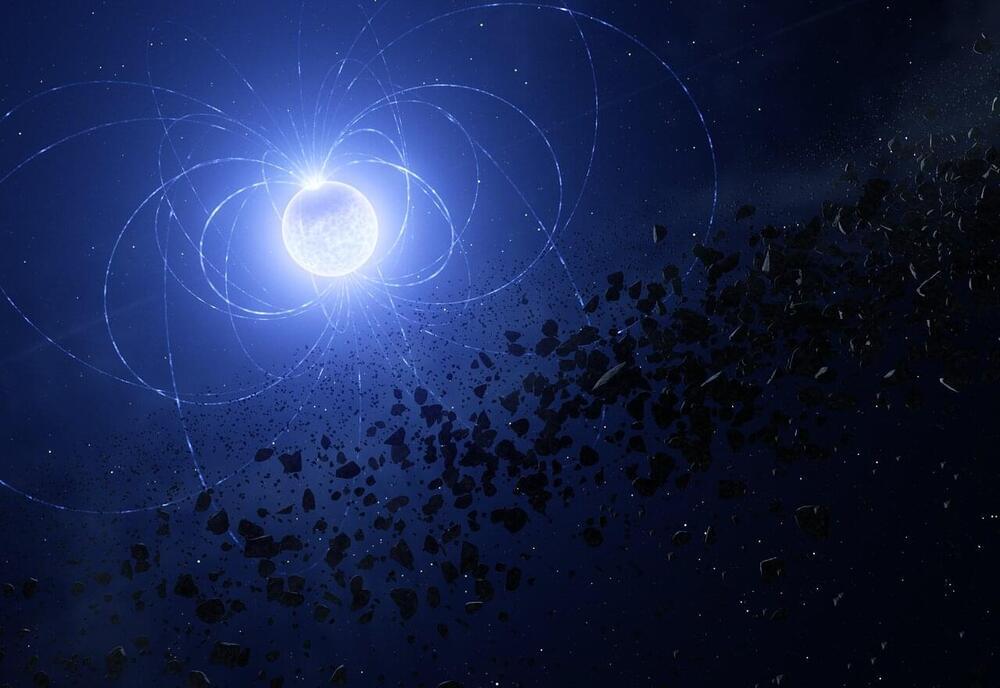Mar 11, 2024
A History of Total Solar Eclipses Seen by Astronauts From Outer Space
Posted by Genevieve Klien in category: space
Now, astronauts who witness solar eclipses do so from the International Space Station (ISS). But instead of looking at the sun, they look down at the Earth to observe a solar eclipse. “ISS astronauts can see the [moon’s] shadow but not the eclipse itself, because their windows don’t point toward the sun,” says Levasseur. Rather, remotely operated equipment on the station collects data from the eclipse, while astronauts peer at the darkened ground on the planet below.
The first time anyone got this unique view was in 1999, when Russian cosmonauts Viktor Afanasyev and Sergei Avdeyev, as well as French astronaut Jean-Pierre Haigneré, witnessed the 20th century’s final total solar eclipse from the former Russian space station, Mir. On August 11, they saw the moon’s shadow pass over England.
